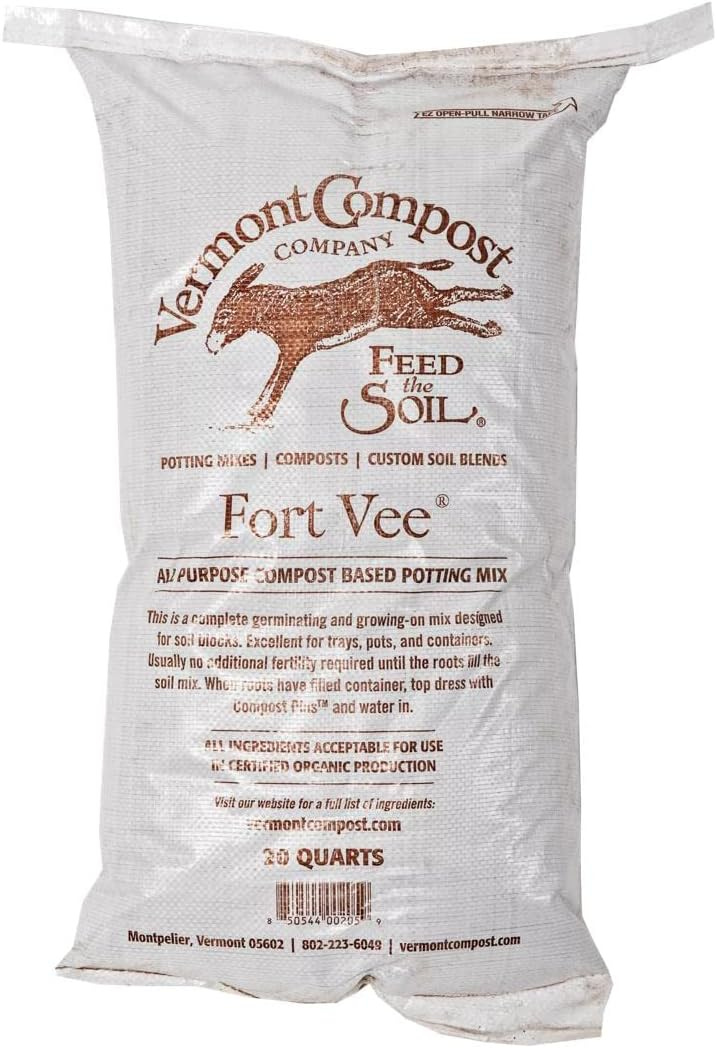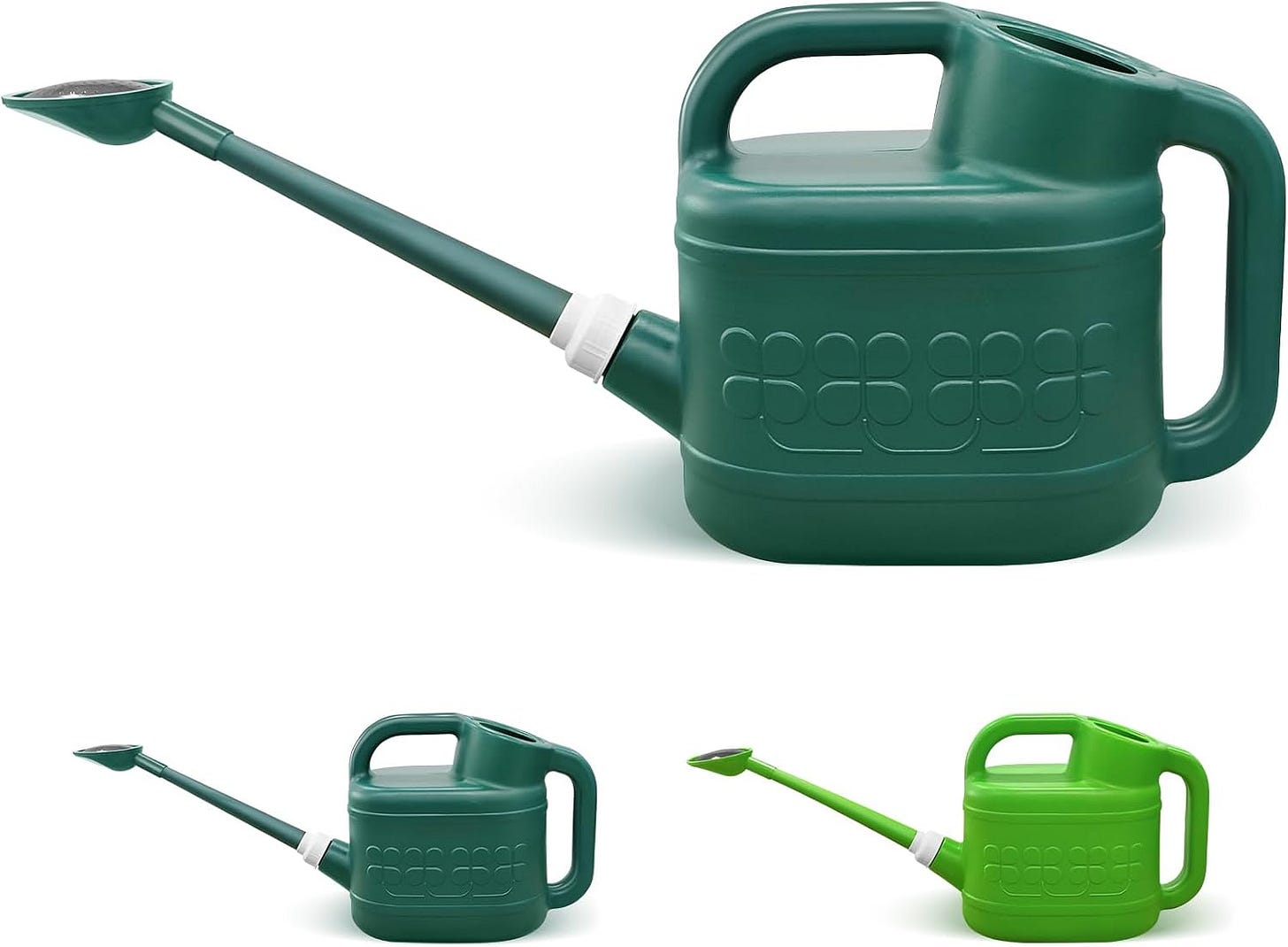How to Create a Chaos Garden: The Ultimate Guide to Effortless, Thriving Gardening
Embrace the chaos
How to Create a Chaos Garden: The Ultimate Guide to Effortless, Thriving Gardening
What is a Chaos Garden?
A chaos garden is a low-maintenance, self-sustaining garden where seeds are scattered randomly rather than planted in neat rows. This method mimics nature’s way of growing, creating a lush, biodiverse garden with minimal effort. It’s perfect for beginners, busy gardeners, or those who love a wild and natural aesthetic in their outdoor space.
*The following contains affiliate links*
Benefits of a Chaos Garden
Low Maintenance: Once seeds are scattered, the garden largely takes care of itself.
Biodiversity Boost: A mix of flowers, vegetables, and herbs encourages pollinators and reduces pests.
Soil Health Improvement: Different plants contribute to nutrient cycling, reducing the need for fertilizers.
Resilient Growth: Plants grow where conditions suit them best, leading to a healthier, more productive garden.
Aesthetic Appeal: The wild and whimsical appearance creates a unique, natural look.
Step-by-Step Guide to Creating Your Own Chaos Garden
1. Choose the Right Location
Chaos gardens can thrive in a variety of spaces, from backyard plots to raised beds and even neglected corners of your yard. Look for:
Sunlight: Most vegetables and flowers need at least 6 hours of sunlight per day.
Soil Quality: While chaos gardens work with various soil types, adding compost can improve fertility.
Drainage: Avoid areas prone to waterlogging.
2. Gather the Essential Tools
While chaos gardens require minimal effort, having the right tools makes the process easier:
Garden Rake: Helps loosen soil and mix seeds into the ground.
Hoe or Hand Tiller: Useful for breaking up compacted soil.
Compost or Mulch: Adds nutrients and retains moisture.
Watering Can or Hose: Ensures seeds stay moist during germination.
Gloves: Protects hands when handling soil and seeds.
3. Prepare the Soil
Though chaos gardens require less effort than traditional gardens, some preparation ensures success:
Remove large weeds to reduce initial competition.
Loosen the soil with a rake or tiller to improve seed-to-soil contact.
Add organic matter like compost or aged manure to boost nutrients.
4. Select a Variety of Seeds
A true chaos garden contains a diverse mix of plants, including:
Vegetables: Lettuce, kale, radishes, beans, squash, tomatoes
Flowers: Marigolds, zinnias, cosmos, nasturtiums, sunflowers
Herbs: Basil, dill, cilantro, chives
Cover Crops: Clover, buckwheat (help enrich the soil and suppress weeds)
Perennials: Coneflowers, black-eyed Susans, lavender, coreopsis, yarrow
Opt for a mix of fast-growing and slow-growing plants to ensure a continuous harvest.
5. Scatter Seeds Randomly
Instead of meticulously planting in rows, mix all your seeds together in a bucket. Scatter them across the prepared soil, allowing them to land naturally. This randomization promotes natural selection and allows each plant to find its ideal growing conditions.
6. Lightly Cover the Seeds
Use a rake to gently mix the seeds into the top layer of soil.
Add a thin layer of compost or mulch to protect the seeds and retain moisture.
7. Water and Mulch
Water lightly after planting and continue to keep the soil moist until seedlings establish.
Mulch with straw or leaves to conserve moisture, suppress weeds, and provide organic matter.
8. Let Nature Take Over
Unlike traditional gardens, chaos gardens require minimal intervention. However, to maximize success:
Observe Growth: Watch which plants thrive and adjust for future seasons.
Thin Selectively: If plants seem overcrowded, remove weaker ones to give others more space.
Harvest Regularly: Enjoy edible plants and encourage more production.
Add More Seeds: As some plants finish their life cycle, scatter more seeds to keep the garden growing.
Common Challenges & Solutions
1. Overcrowding
If some plants struggle, thin out dense areas to improve airflow and growth.
2. Pests & Diseases
Interplanting naturally reduces pest problems, but introducing companion plants like marigolds can further deter pests.
3. Uneven Growth
Some areas may flourish more than others. Let nature dictate where plants thrive and adjust next season accordingly.
The Best Plants for a Thriving Chaos Garden
Best Vegetables:
Lettuce, spinach, radishes, carrots, cucumbers, peas, beans, squash
Best Flowers:
Sunflowers, cosmos, marigolds, poppies, nasturtiums
Best Herbs:
Basil, mint, parsley, thyme, oregano
Best Perennials:
Coneflowers, black-eyed Susans, lavender, coreopsis, yarrow
10x10 Chaos Garden Design for the Front of the House
Creating a 10x10 chaos garden in front of your house can add vibrant color and natural beauty to your landscape. Here’s a general sample design:
General Plant Placement:
Back Row (Tall Plants, 3-5 ft): Sunflowers, black-eyed Susans, coneflowers
Middle Row (Medium Height, 1-3 ft): Cosmos, lavender, marigolds, coreopsis
Front Row (Low Growing, Under 1 ft): Nasturtiums, thyme, clover, yarrow
Pathway: Small stepping stones through the center for easy access
Mulching: A mix of straw and wood chips to retain moisture
Zone-Specific Chaos Garden Layouts
Zone 5-6 Layout
Back Row: Black-eyed Susans, coneflowers, Russian sage
Middle Row: Lavender, coreopsis, kale, marigolds
Front Row: Thyme, clover, yarrow
Zone 7-8 Layout
Back Row: Sunflowers, zinnias, echinacea
Middle Row: Cosmos, basil, marigolds, coreopsis
Front Row: Nasturtiums, oregano, thyme
Zone 9-10 Layout
Back Row: Hibiscus, lantana, sunflowers
Middle Row: Bougainvillea, cosmos, peppers
Front Row: Rosemary, sage, clover
Conclusion
A chaos garden is an easy, rewarding way to grow a lush, productive garden with minimal effort. By scattering seeds and letting nature take over, you’ll create a thriving, biodiverse space filled with beauty and abundance. Whether you’re a beginner or an experienced gardener looking for a low-maintenance approach, a chaos garden is a perfect choice!










Marigolds are great to add to the vegetable patch. I love to zinnias, cosmos, and pansies as well.
I just learned about chaos gardens and I want to convert my traditional vegetable garden into a chaos garden this year. I still want more vegetables and herbs than flowers, but I do like marigolds in my vegetable patch.
I will be avoiding mint though, as that can overtake other plants. It's pretty invasive and better left for pots or a separate area where it can spread and be kept in check by mowing its borders.